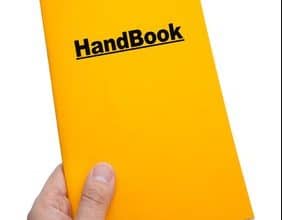Hidden challenges in source selection
At the beginning of fall term I presented some of the Citation Project research to Writing teachers in my own department, and as the semester has unfolded, I’ve had a number of opportunites to work through those same materials in webinar conversations with teachers at other institutions. The research I’ve shared in these presentations illustrates how students’ desire to use condensed, factual sources creates an array of problems as they try to write from those sources: Stylistically, it’s very hard to summarize or even paraphrase someone else’s summary of factual material. Instead, students in our study have had to resort to extensive patchwriting–copying closely from the source but with some changes–or to unmarked direct copying. In the Citation Project research, we usually find that these textual appropriations are cited, but it’s often hard for the reader to know exactly where the source use begins and ends. Writing from condensed, factual sources also creates rhetorical problems: it’s hard for a writer who is not an expert on the topic to create an argument from a collection of facts. It can be done, but it’s hard. It’s much easier to enter the conversation on the controversies of a topic if one is reading those controversies–if one is reading other people’s arguments on the topic. But when students are searching for and working from reference sources, bulleted lists, and other condensed, factual sources, it’s hard for them to do anything except repeat the facts they’ve assembled–and in the language of the source.
Clearly, then, one of the tasks for writing instruction is to help students find good reference sources. Many instructors excoriate Wikipedia as a poor research source. What we should not lose sight of, though, is the problems of other general reference sources. The Encyclopedia Brittanica is a fine collection, but it offers only the most rudimentary introduction to a topic. Our students will benefit enormously if they learn how to search their library’s online and physical holdings for specialized reference sources such as the Encyclopedia of Rhetoric and Composition or the Dictionary of Classical Mythology–sources that treat the topic in greater depth and that may also overview the debates about the topic.
Our early insights from the Citation Project research prompt me, as a teacher, to be much more energetic and specific with my students about why reference sources must be the beginning, not the objective, of critical research; otherwise, they may be dooming themselves to patchwritten, flimsy arguments.


